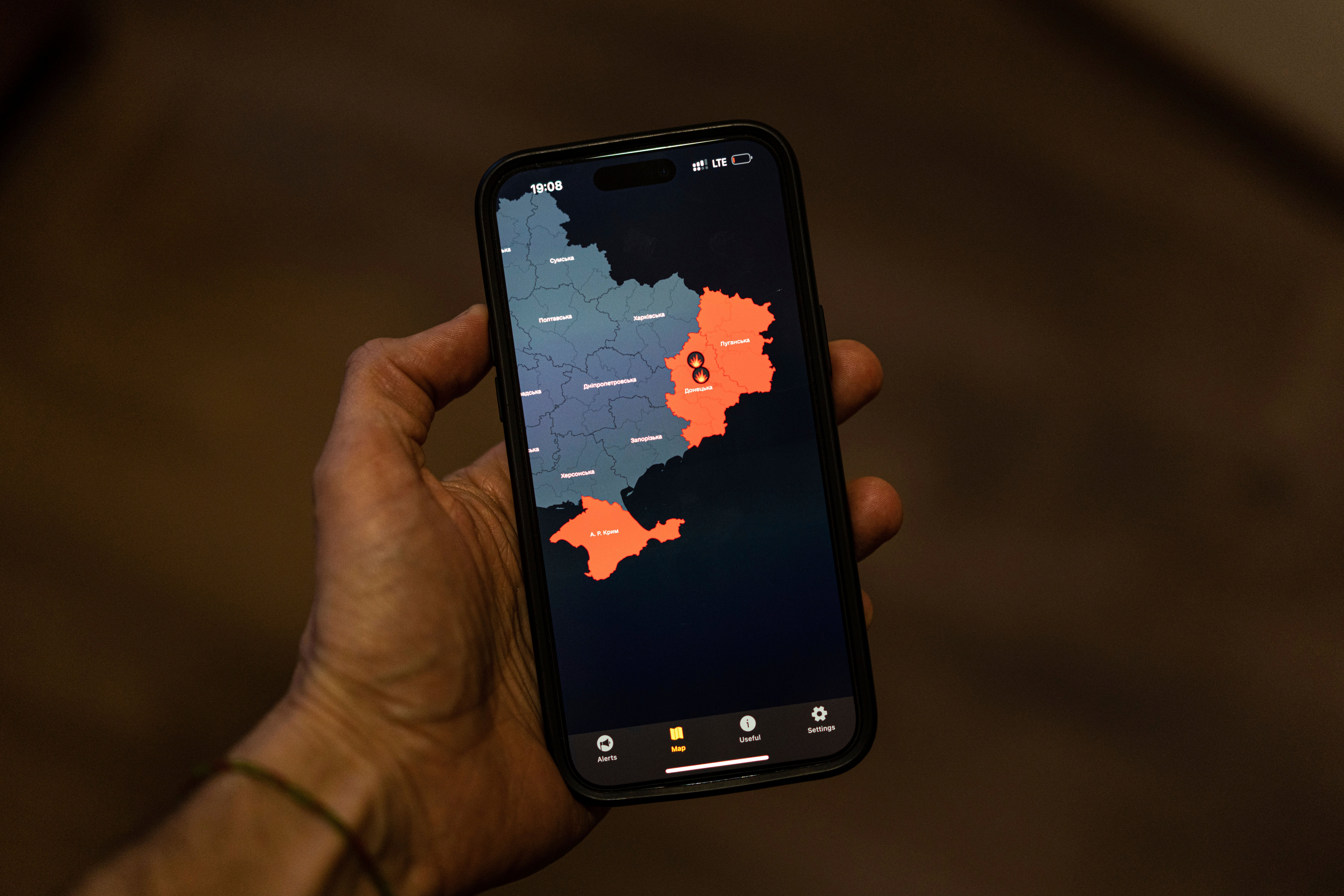Why did I get an emergency alert on my phone and what is it for?
The emergency alert rang for 10 seconds and displayed a message notifying phone users that no action was needed
Your support helps us to tell the story
This election is still a dead heat, according to most polls. In a fight with such wafer-thin margins, we need reporters on the ground talking to the people Trump and Harris are courting. Your support allows us to keep sending journalists to the story.
The Independent is trusted by 27 million Americans from across the entire political spectrum every month. Unlike many other quality news outlets, we choose not to lock you out of our reporting and analysis with paywalls. But quality journalism must still be paid for.
Help us keep bring these critical stories to light. Your support makes all the difference.
Millions of phones across the UK sounded with a siren on Sunday as part of a test for a new national emergency alert system.
The loud alarm was planned to ring at 3pm on all devices that were using 4G and 5G networks in the UK.
The alert rang for 10 seconds and displayed a message notifying phone users that no action was needed in response to the test.

The message said: “This is a test of Emergency Alerts, a new UK government service that will warn you if there’s a life-threatening emergency nearby.
“In a real emergency, follow the instructions in the alert to keep yourself and others safe. Visit gov.uk/alerts for more information.
“This is a test. You do not need to take any action.”
Phone users were prompted to swipe away the message or clicking “OK” on their home screen before being able to continue using their device. Drivers were advised not to look at or touch their phone until it is safe, just as when receiving any call or message.
Some smartphones also read out the message to recipients.
Following the test, some users reported receiving the message a minute or so early.
However, others said their phone did not display the message or make a sound.
Phones that were powered off or switched to airplane mode were not expected to sound.
The system is modelled on similar schemes in the US, Canada, the Netherlands and Japan.
Domestic violence campaigners warned the test could put people in danger by revealing the location of secret phones hidden away by those at risk.
The Government said it has been actively engaging with organisations working with vulnerable women and girls to ensure they are not adversely affected by the introduction of emergency alerts.
Officials stressed that it is easy to opt out of the system if people need their phone to stay concealed, either by turning off emergency alerts in their settings or simply having the phone switched off during the test.
The test on St George’s Day coincided with major events including the London Marathon and the 2pm kick-off Premier League ties between Bournemouth and West Ham and Newcastle and Tottenham Hotspur.
Officials said they had worked with the Football Association and the Marathon’s organisers to make sure the impact of the test will be limited.
Subscribe to Independent Premium to bookmark this article
Want to bookmark your favourite articles and stories to read or reference later? Start your Independent Premium subscription today.







Join our commenting forum
Join thought-provoking conversations, follow other Independent readers and see their replies
Comments